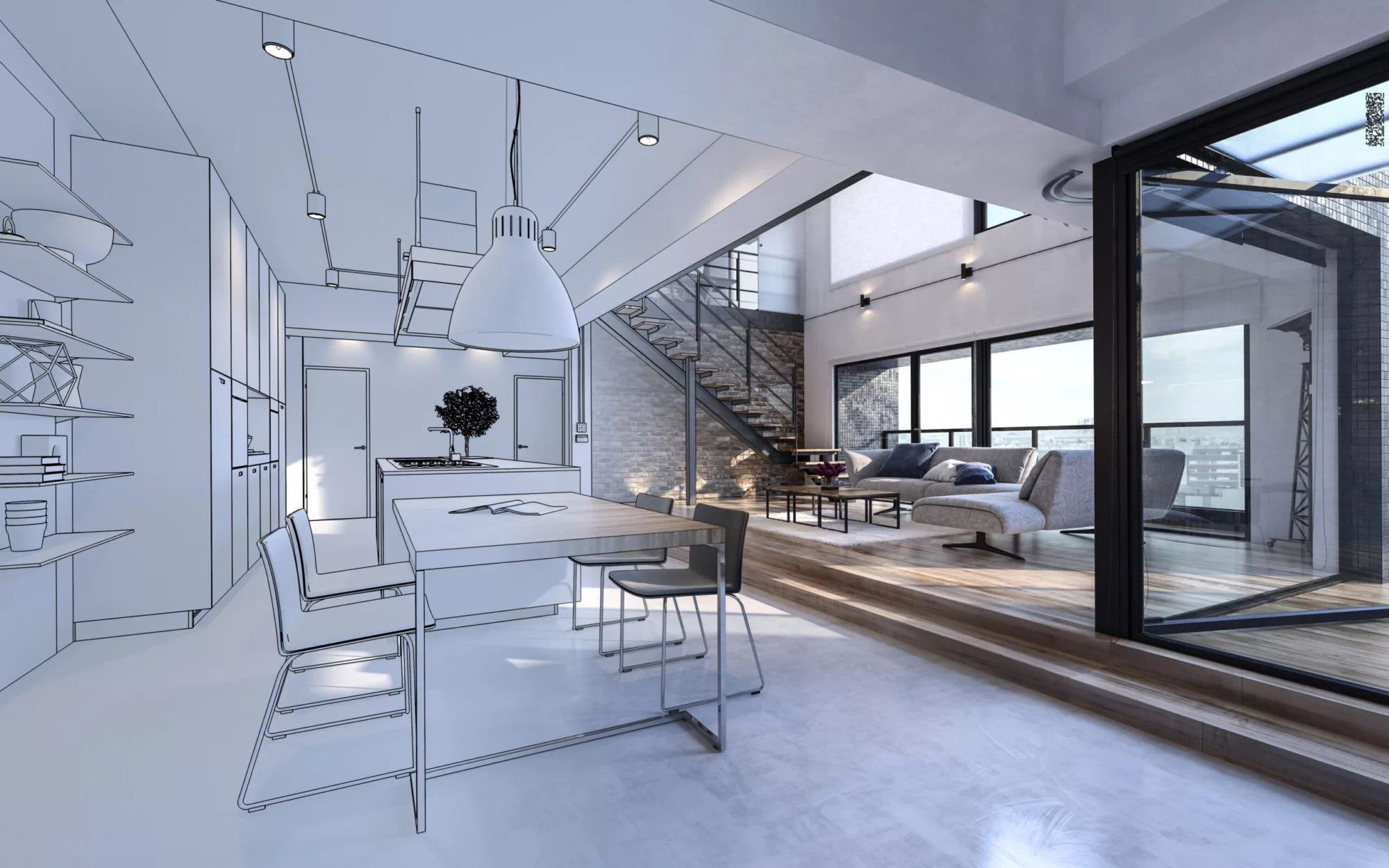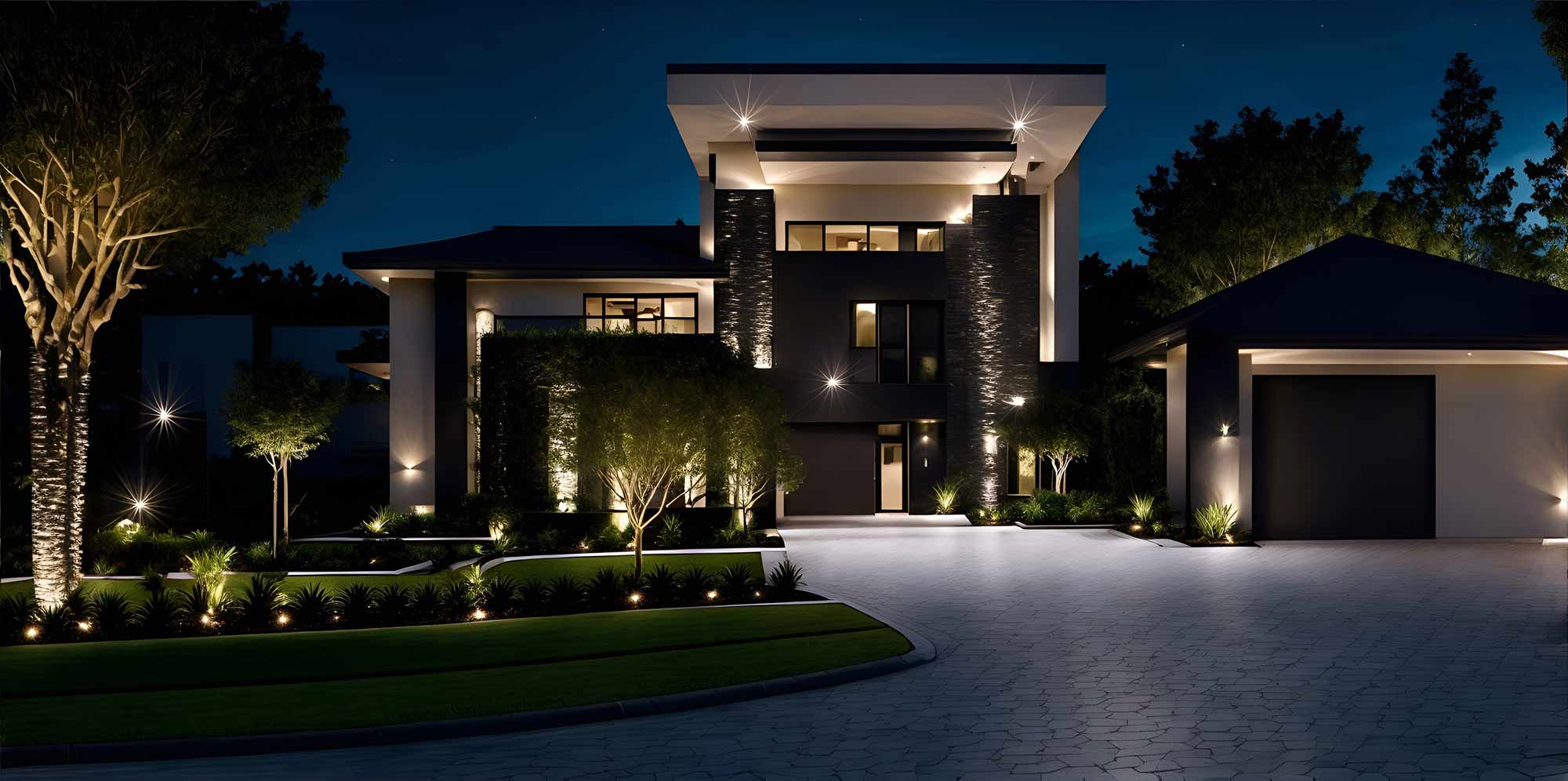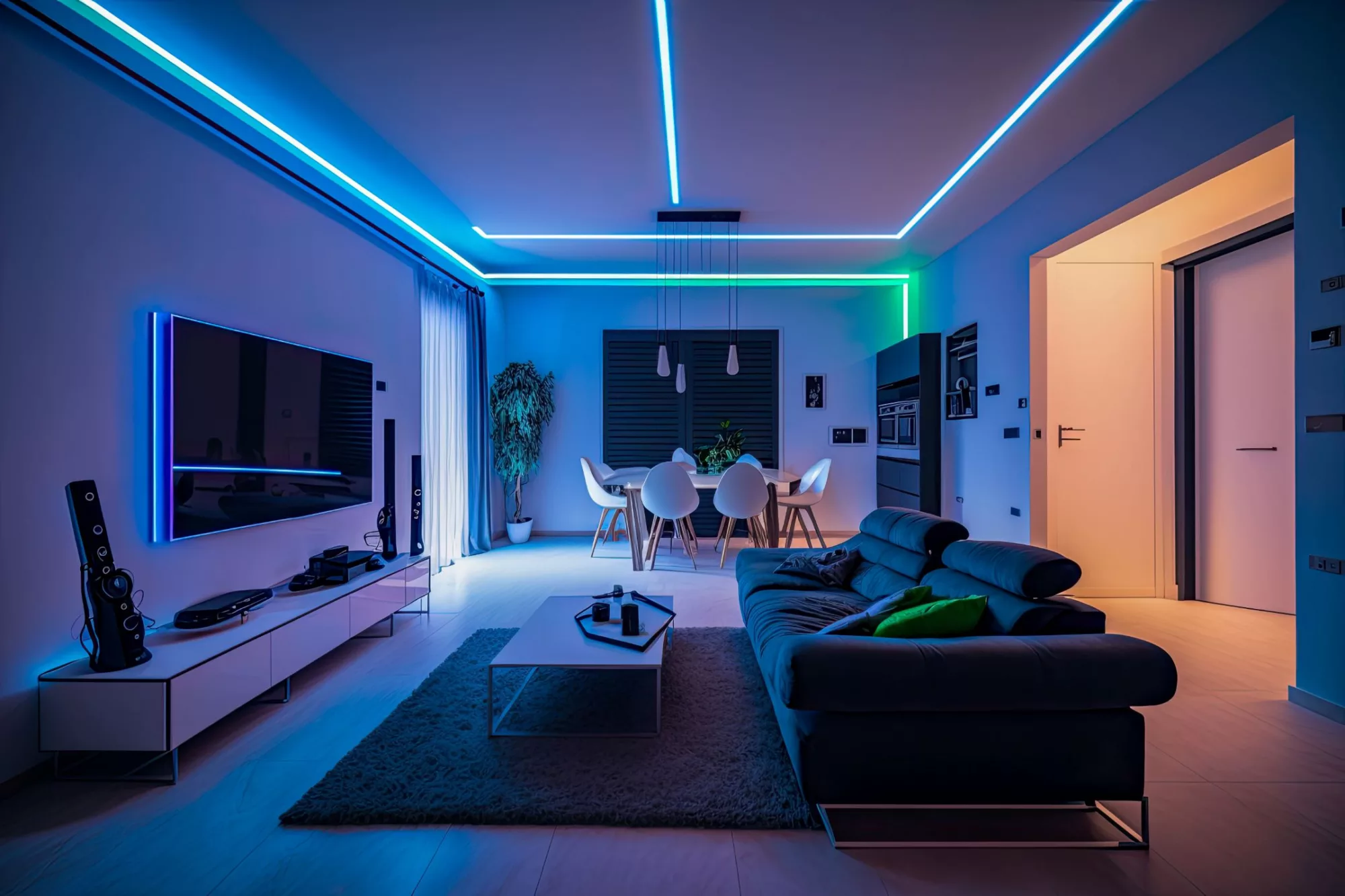Low voltage landscape lighting became prominent in the residential market during the 1950s. This period marked the beginning of its widespread adoption for home...
Lighting Design and your Home
When it comes to interior design, lighting is one of the most critical elements. Different types, intensities, and lighting colors can create a different feeling in the space. Professional design and lighting design applications can change the mood and size of the area entirely.
Lighting is not only essential for our functionality but also for our visual perception. As you see, lighting can make or break a great design. Despite what you probably think, the most critical element of lighting design is the amount of darkness used in the design. Shadows and contrast create the final perception of the space and mood.
To help you understand the actual value of lighting design and its vitality in interior design, I will walk you through a summary of how lighting can transform your space to understand why lighting design is so important.
Directional Lighting
Directional or positioning lights are usually mounted on the floors, walls, or ceiling. The best example of directional lighting is track lighting; heads can be adjusted to point in the desirable direction. These lights illuminate specific spaces or features, like a kitchen island or artwork, coffee station, etc.
This light beam will make the feature pop up from the rest of the surroundings, making those features more visible, highlighted, and easier to find.
Color Management
Having lights that can dim and change color can transform your space entirely to adjust the mood for a suitable activity. Lights that can adjust colors and the temperature of colors are more expensive than regular lights. However, you can consider the usage of those lights only in some rooms, for example, living room or home theatre. This is an investment in your own comfort.
The current market pioneer of this kind of lighting is Ketra by Lutron. With Ketra lights, you can transform a space with the harmony of your current need. Light color can adjust to reflect natural morning light, which will help your biological clock understand that it is time to wake up and be energized. In the afternoon hours, the system adjusts the lights to reflect natural sunset lighting, which helps you relax. Besides mimicking natural lighting, Ketra can perfectly illuminate your room for a party or dinner with friends; lights will change to create a cozy, friendly atmosphere. As lighting perception and intensity preferences are individual, Ketra can be set to meet the neediest lifestyle and preferences. Colors have a direct effect on our emotions.
Functionality
The main goal of lighting installation is to serve its purpose. How lighting installation will be used should be defined by lighting design, not the other way around.
Unfortunately, the choosing of a lighting layout and lighting fixtures often happens at the end of the construction project when it should be considered in the first stage of the project. More specifically lighting design should take place during the planning phase. You do not need to have all the knowledge of strictly which fixtures will be used in the space but it is a good idea to accommodate your needs within specific rooms initially.
Usage of the space can vary during the day. Therefore, lights should be chosen wisely, and the design should predict the need for lights for the specific task.
There are three types of lighting:
General lighting: is used for general illumination of the space, usually ceiling-mounted fixtures or freestanding up-lighters.
Task lighting: that will be all directional lights that have a clear purpose, like lighting up working space, reading area, or vanity table.
Accent lighting: used mainly to highlight your interior decorations and design features.
All lights should be used in the space wisely to create the right mood, feeling, and atmosphere, and most importantly, to serve their purpose.
Space and Feeling
Natural and artificial lighting affects how we perceive the space. Ideally, the house would be perfectly illuminated by the natural light almost all day, but that’s practically impossible because the sun shines from different angles, depending on the time and season. That’s why we have artificial light to create the perfect lighting scenario in each area of our homes.
Because natural light is always a better option than artificial lighting, the architect should make this one of the priorities while designing a new home. The architect can apply large windows around the house for architectural lighting purposes, skylights even glass ceilings on the top floors. Curtains and sheer drapes are also great solutions to maximize the effect of natural light, which does a much better job in showing the colors or bounces of reflection from the surface.
The feeling of natural light can also be created with applications like Ketra. This is an excellent solution for spaces where you want to reflect the outside lighting environment, but the amount of that light in the space is limited. The application of light, whether it be artificial, natural, or a combination should make you feel good in your own home and reflect whatever emotions you are trying to generate at the moment.
Illusion
A professional lighting designer will use lighting to change the way clients see the shapes and sizes around them. Lights can make any space appear smaller or larger. This is how lighting design affects your perception of the area by using the visual illusion of space.
Considering that, the designer can use light to direct your eyes in the right direction or focus your vision on a specific element of your interior space. Proper, high-quality lighting will manipulate the space to meet your personal and project needs.
Atmosphere
Another aspect of lighting design that transforms the space is the atmosphere. Lighting designers use all of their knowledge and expertise to create a living or working environment according to the spaces usage needs.
The atmosphere of an office, living room, kitchen, bedroom, or children’s room should be different. Lighting in the office should stimulate creativity and allow you to be focused and productive. Also, the lighting designer should focus on what kind of job a person is doing in the space. The lighting need is different for an engineer than for an artist or writer. A bedroom is a place where you relax and sleep. Therefore, lighting requirements will be very different based on the usage.
Remember, the purpose of housing has changed dramatically over the last few decades. Now housing is not only about the shelter, but new houses are also designed to accommodate your lifestyle. And lighting is a crucial part of this design.
Style
The idea of interior design is to add different elements that will coexist in perfect harmony and will complement one another. That’s the fundamental pillar of interior design.
Everything should be perfectly balanced and harmonized to create the right effect. Textures, furniture, materials, and color palette should all be unified in the design.
A lighting designer will use lights to create a compelling effect to achieve design fluidity and balance. Also, the style of the space can be adjusted throughout the day by applying different lighting scenes.
Conclusion
Lighting is the most crucial element designers use to complement specific features and spaces, create the right atmosphere, and give you the right feeling within your home.
Different types of lighting will be applied for different layers to create a working and living environment suitable for your needs. A lighting designer will use the most energy-efficient solution to complement the space and make a pleasant, creative visual illusion without compromising your comfort.
It’s safe to conclude that lighting is an essential element of interior design used to communicate different aspects and moods of a space by breathing new life into it.
Patrycja Glod
Lighting Design Engineer
Reading time: 5 min 2 sec




